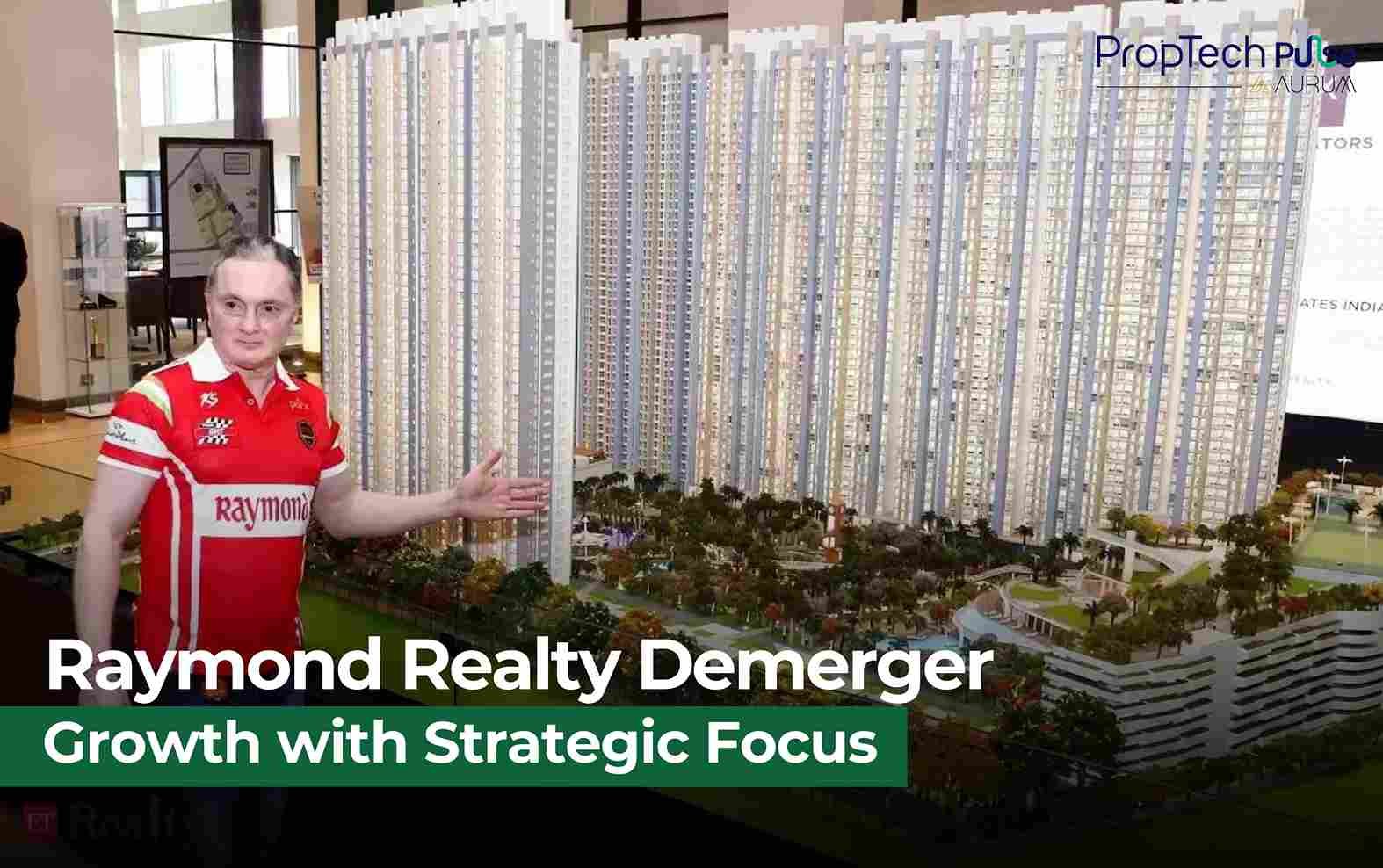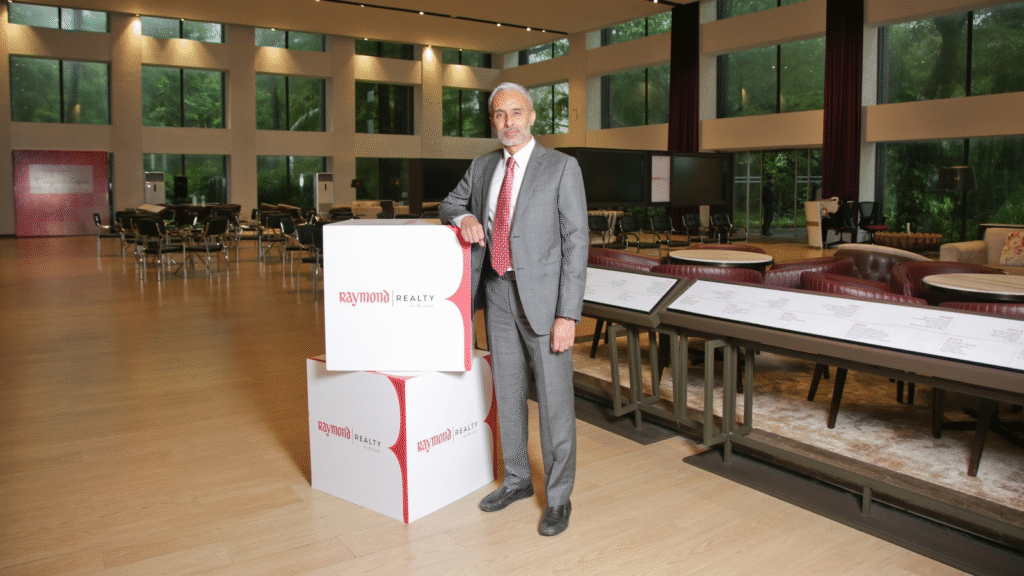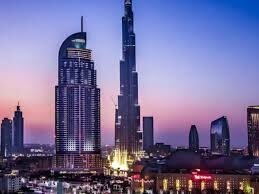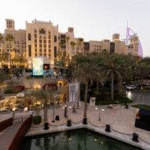Now Reading: Luxury Property Market Shows Fatigue, Yet Top Developers Stay Confident
-
01
Luxury Property Market Shows Fatigue, Yet Top Developers Stay Confident
Luxury Property Market Shows Fatigue, Yet Top Developers Stay Confident

Table of Contents
The luxury real estate market is showing early signs of slowing down, but the sector remains resilient thanks to inventory controlled by strong and reliable developers, says the CEO of Raymond Realty. While demand has softened compared to the recent past, experts believe this is a natural phase of market adjustment rather than a downturn.
Signs of Fatigue in the Luxury Market
Over the last few years, luxury real estate witnessed rapid growth, driven by rising wealth, low interest rates, and increased global demand for premium properties. However, recent market data indicates a slowdown in sales velocity and price growth in this high-end segment. According to Raymond Realty CEO, this “fatigue” is due to several factors, including tightening lending norms, rising interest rates, and cautious buyer behavior amid global economic uncertainties.
Buyers in the luxury segment tend to be highly discerning and sensitive to economic signals. With inflation pressures and geopolitical tensions, many potential buyers are taking a wait-and-see approach before committing to expensive purchases. This pause in demand has led to longer sales cycles and increased inventory levels in some regions.
Why This Is Not a Crisis

Despite the signs of fatigue, industry leaders like Raymond Realty CEO emphasize that the luxury real estate market is far from a crisis. One key reason is that most available luxury inventory is in the hands of well-established and financially strong developers. These developers have deep pockets and long-term visions, allowing them to maintain supply without rushing to sell under unfavorable conditions.
Strong developers also tend to focus on quality, exclusive locations, and innovative designs, which continue to attract premium buyers even during slow phases. Their ability to weather short-term market fluctuations reassures investors and buyers alike, keeping overall confidence stable in the luxury market.
The Role of Developers in Market Stability
Developers play a crucial role in shaping the luxury real estate landscape. According to the Raymond Realty CEO, the presence of financially solid developers helps prevent sudden market shocks. Unlike smaller players who might rush to offload inventory in a downturn, strong developers are better equipped to hold their projects and wait for demand to recover.
This careful approach ensures that the luxury property supply does not flood the market, which would otherwise drive prices down sharply. Instead, it allows for a more balanced market with sustainable growth potential. It also means that buyers looking for luxury properties can expect steady, quality offerings rather than distressed sales.
Changing Buyer Preferences and Market Trends
The luxury real estate market is also evolving with changing buyer preferences. Post-pandemic, there is increased demand for properties that offer privacy, smart technology, wellness features, and proximity to nature. Developers who understand these trends and incorporate them into their projects are seeing better traction, even in a slower market.
The Raymond Realty CEO highlights that luxury buyers today are more selective, focusing on long-term value and lifestyle benefits. This shift means that developers need to innovate and differentiate their offerings to stay competitive. Projects that combine sustainability, technology, and exclusivity are likely to perform better.
Impact of Interest Rates and Economic Factors
Interest rate hikes by central banks worldwide have impacted the real estate sector, including luxury homes. Higher borrowing costs mean some buyers may postpone purchases or reduce budget expectations. However, for ultra-high-net-worth individuals, these factors are less critical as many transact in cash or have easier access to financing.
Economic uncertainties also lead to more cautious buying behavior, but this does not translate into a permanent drop in demand. Historically, luxury real estate has shown resilience during economic cycles, often rebounding strongly once conditions stabilize.
Opportunities Ahead

While the luxury real estate market shows signs of fatigue, this phase can present opportunities for both buyers and developers. Buyers might find better negotiating power and incentives from developers who want to maintain sales momentum. Developers with strong balance sheets can use this time to refine projects and prepare for the next growth wave.
The Raymond Realty CEO is optimistic about the future, noting that luxury real estate will continue to be an attractive investment, especially in prime locations with limited supply. As global wealth grows and more investors look to diversify portfolios, demand for luxury homes is expected to rise again.
Conclusion
In summary, the luxury real estate sector is experiencing a natural pause after years of rapid growth. While demand is slower and sales cycles longer, the market remains stable due to strong developers who control most of the inventory. Their financial strength and strategic patience help prevent market oversupply and maintain buyer confidence.
Buyers can expect more choices with enhanced features tailored to new lifestyle trends, and developers have the opportunity to innovate. Though economic factors like rising interest rates have created some caution, luxury real estate’s long-term prospects remain strong.
For those interested in luxury properties, understanding these market dynamics is key to making informed decisions in today’s evolving landscape.
Also read – Rs 4000 Crore Revenue Target: Arkade’s Big Bet on Mumbai Projects!






















